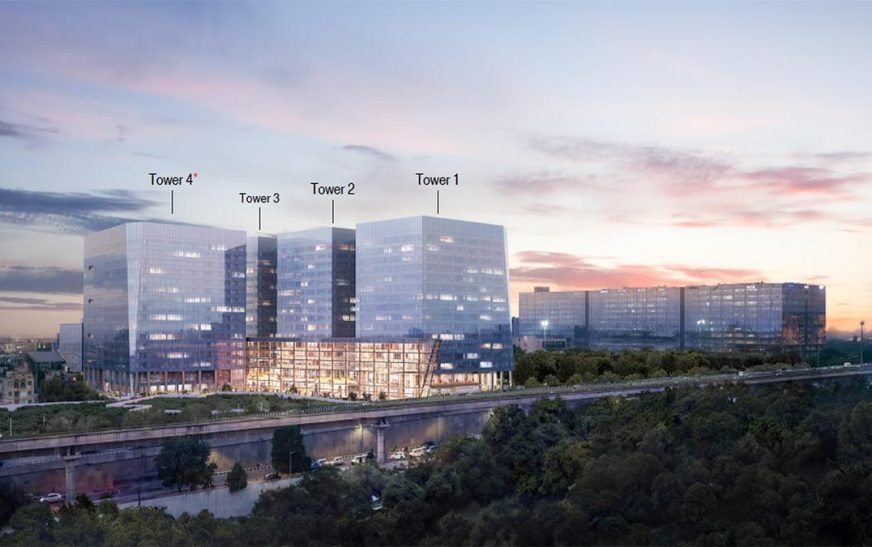Mumbai’s monsoon season, while a welcome respite from the scorching summer, presents a recurring challenge for the city’s real estate market: waterlogging. Areas susceptible to flooding experience a significant decrease in property values and rental rates. Studies suggest a drop of 10-20% compared to unaffected areas. This translates to a substantial decline in the financial viability of properties in these locations.
Beyond the immediate inconvenience of flooded streets and stalled commutes, waterlogging discourages potential buyers and tenants. The risk of property damage, recurring disruptions, and a general lack of civic amenities make these areas less attractive.
This phenomenon creates a vicious cycle – lower demand puts downward pressure on prices, making it less economical for property owners to invest in flood mitigation measures, further perpetuating the problem.
Some residents of flood-prone areas might resort to selling their properties at a loss, while investors may be wary of entering the market altogether. This can lead to a stagnant market in these areas, impacting the overall growth of the city’s real estate sector.
The Brihanmumbai Municipal Corporation (BMC) has identified around 100 waterlogging spots, and while they work on solutions, understanding these vulnerabilities is crucial for both homebuyers and investors considering the Mumbai property market.















